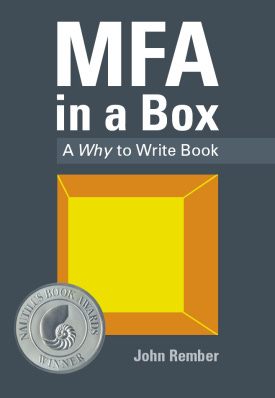Rember the Good Times
I arrived at my house this evening completely and entirely exhausted. Today sucked the energy from my body through a series of small, unpleasant, and stress-filled tasks. That happens sometimes. I didn't even think I had the energy to write this post, but some dinner and decompression revived me somewhat. That said, consider this my disclaimer against a…
Keep reading with a 7-day free trial
Subscribe to Still Not a Robot to keep reading this post and get 7 days of free access to the full post archives.




